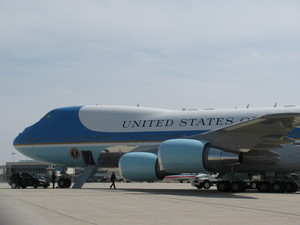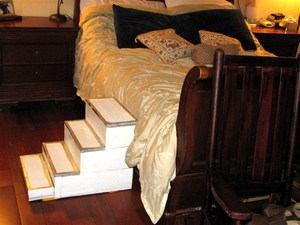Most of the artifacts and relics that represent John F. Kennedy’s life and especially the 1963 assassination are held by the National Archives in Washington, D. C. or with the Kennedy Library and Museum in Boston, Massachusetts. There are a few private citizens with some Kennedy memorabilia and collections scattered across the United States.
There are a few objects from Kennedy’s assassination that most people are not knowledgeable where those items are presently located. The following of four such items associated with the Kennedy assassination and what has happened to them.
Kennedy’s Bronze Coffin
After John F. Kennedy’s death on November 22, 1963 in Dallas, Texas, his body was placed in a bronze coffin with white satin interior provided by the Oneal Funeral Home for the fight on Air Force One back to Washington, D. C. After the arrival in Washington, and the preparation for the public funeral service, it was noticed that the coffin had become damaged. There was also a handle on the coffin missing. The Kennedy family decided on using a different coffin to bury the President Kennedy in Arlington Cemetery. A mahogany coffin was selected and the state funeral watched by the world proceeded.
However, what became of the original bronze coffin? Well, for two and half years it was housed at the National Archives in Washington, D. C. The decision was then made to dispose of the coffin, but make it so no one could ever claim parts of the coffin as a relic.
In February 1966, the bronze coffin was removed from the National Archives and transported by the Air Force in a van to a waiting Air Force plane. At the airport, the coffin was placed in a wooden box made of pine. Then, the three 80-pound bags of sand were also placed around the coffin in the box. Those bags of sand had holes drilled into them as did the box itself. Next heavy metal bands were wrapped around the box in several locations.
The Air Force plane with the pine box loaded on board flew out of the Washington area on February 18, 1966 to several miles out to sea off the Maryland-Delaware coast. This weighted box was then dropped over the Atlantic Ocean and sank to a depth of 9,000 ft. The undersea location was where test weapons had been fired for years and the sea floor was covered with munitions. It would not only be very deep where the box with the bronze coffin rests, but very dangerous with the test weapons scattered everywhere.
Parkland Memorial Hospital Trauma Room
President John F. Kennedy was official declared dead near 1 p.m. on November 22, 1963 in the trauma room #1 in Parkland Memorial Hospital in Dallas, Texas. That emergency room continued in use for years at the hospital.
The Parkland Hospital in the 1970s wanted to modernized their emergency facilities. It was then that the federal government purchased the entire room and all the equipment. The whole room was dismantled and everything from the room; from trash cans, floor tiles to gloves, was stored in locked vault in a federal warehouse in Fort Worth, Texas which was run by the National Archives. This was done so no one would have any access to the room or its equipment.
Then in late 2007, the entire room was moved to a limestone quarry in Lenexa, Kansas. Lenexa is in the northeast section of Kansas. The facility holding the trauma room is 600,000 square feet in size and totally underground. It is also where the National Archives have their Records Center. No photographers, reporters or historical researchers are allowed any access to the items stored there from Parkland’s trauma room #1.
Air Force One
In August 1962 the Boeing 707 SAM 26000 was a brand new plane, costing 8 million dollars and termed; Air Force One, for the President of the United States. Kennedy would use it for a year. It was the plane that carried President Kennedy’s body in its bronze coffin back to Washington, D. C. from Dallas, Texas on November 22, 1963.
It continued in use by President Lyndon B. Johnson and then by President Richard Nixon until the Air Force One plane was replaced in 1972. This SAM 26000 was then used as a backup plane for the president. It carried the body of President Johnson back to Texas in January 1973 for his burial.
It was retired to National Museum of the United States Air Force in Dayton, Ohio in 1998. The Air Force plane was on permanent display at the Museum. In December 2009, it was taken off display and is going through restoration.
Jackie Kennedy’s Blood Stained Pink Suit
The First Lady, Jackie Kennedy, worn her Chez Ninon from a Chanel design, pink wool suit with the blood scattered all over it until she returned to Washington, D. C. the night of December 22, 1963. A short time later the suit was delivered anonymously to the National Archives in Washington.
The Archives keep the suit in a climate-controlled National Archives building in College Park, Maryland under tight security. The Kennedy family set a very strict policy about anyone viewing the suit. No one can see the suit until the year 2103, a total of 140 years after Kennedy’s assassination.
Sources:
Artifacts
Relics
Trauma Room



